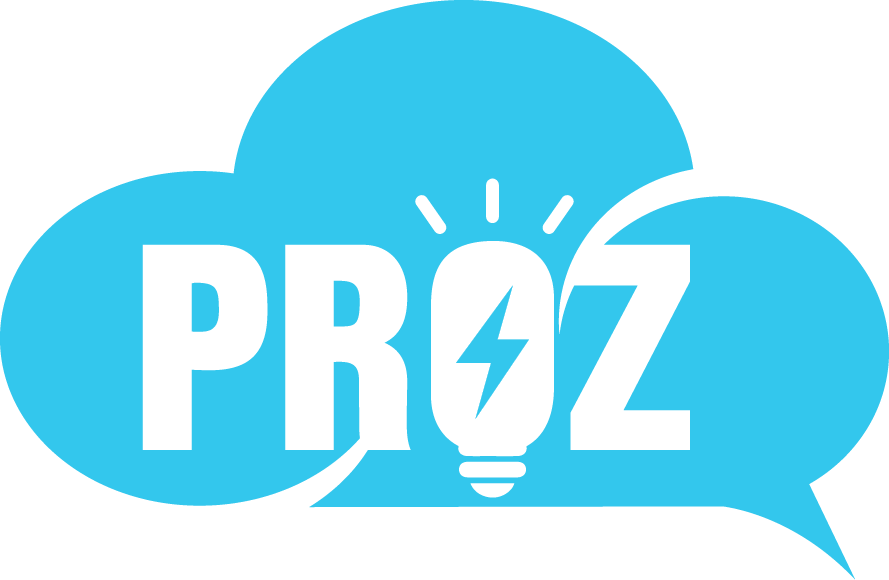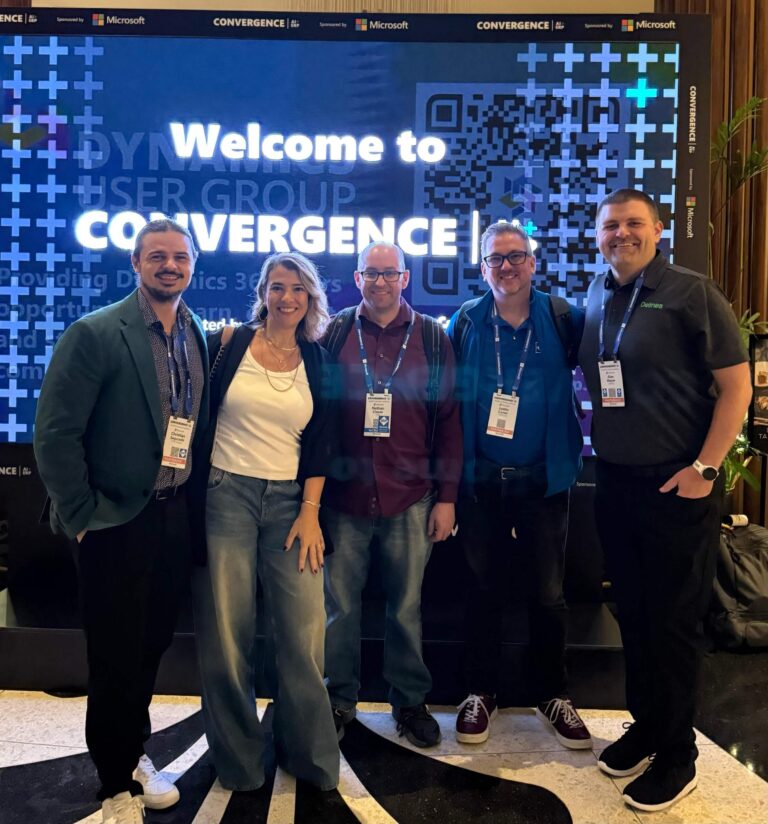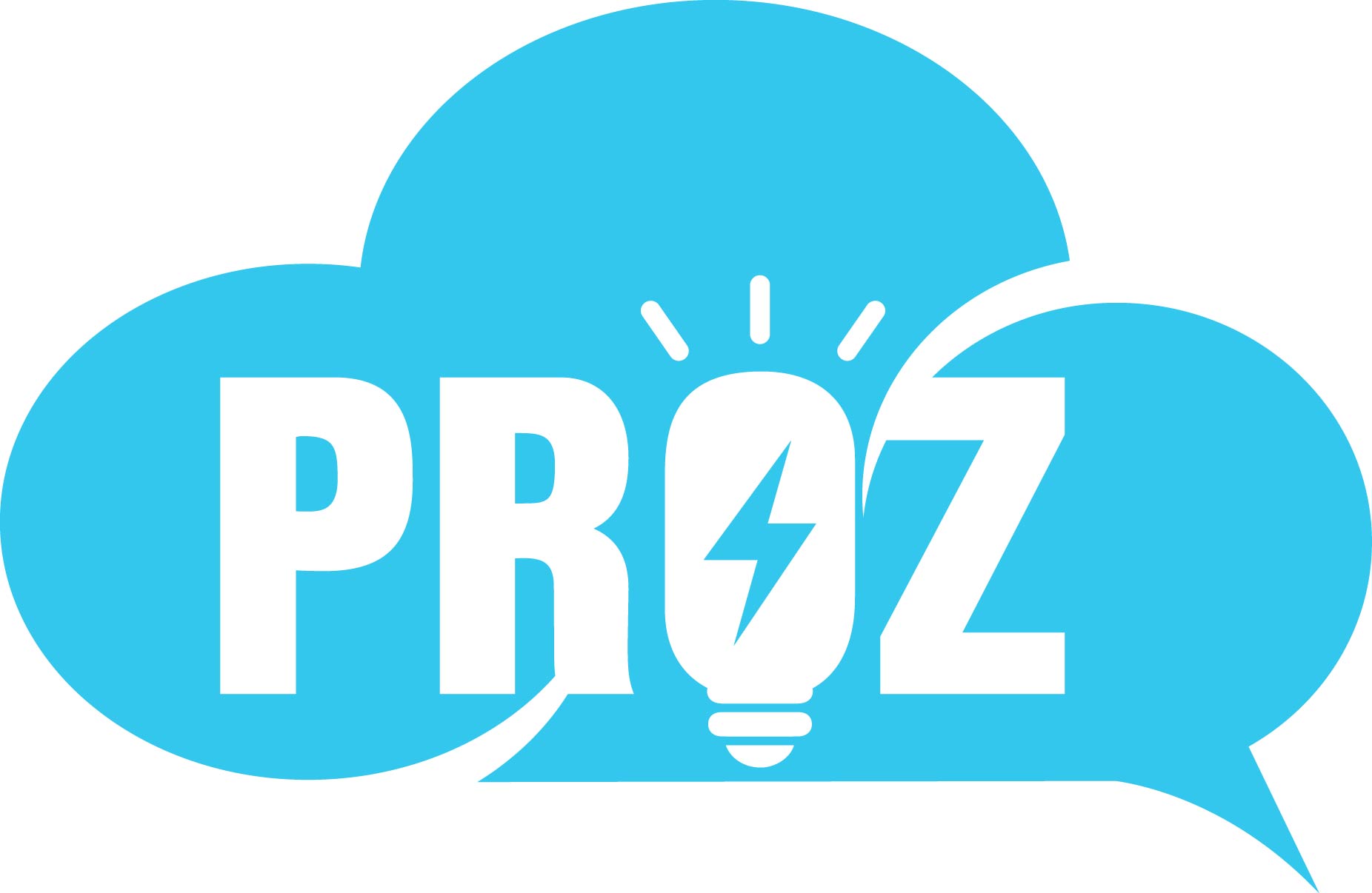User experience (UX) design is undergoing its biggest transformation since the internet. I have spent 20 years designing interfaces and have gone through several paradigm shifts. But nothing has prepared me for the dramatic changes we’re experiencing today.
We’ve entered an era where multiple AI agents coordinate with one another to accomplish user goals. We’re shifting from designing static interfaces to designing agentic experiences. And traditional UX design principles are inadequate for this new reality. What does this mean for our field? How do we ride this speeding train while staying anchored in our values as designers?
What we’ll explore:
How it started: static interfaces and predictable user journeys
Shifting from interface design to agentic experience design
How it’s going: coding agents and multi-agent orchestration
Emerging patterns and impact
Four actions designers can embrace
How it started: static interfaces and predictable user journeys
Traditional UX design was built on predictable user journeys, static interfaces, and direct manipulation. This worked beautifully for apps and websites, where we could map user flows and create learnable interfaces.
But this paradigm breaks down when users interact with multiple AI agents that coordinate in real-time across different platforms and services. Using tools like Cursor AI, designers can now prototype multi-agent systems that orchestrate apps, web services, and cloud agents.
The future belongs to designers who can envision and build intelligent, orchestrated experiences.
This isn’t theoretical — I’ve built working operator apps with MCP protocols and agent-to-agent (A2A) communication that demonstrate how agentic experiences will reshape human-computer interaction. The future belongs to designers who can envision and build intelligent, orchestrated experiences.
Shifting from interface design to agentic experience design
Agentic experience design represents a fundamental shift from interface-centric to intent-centric design. Instead of designing static interfaces, we’re designing dynamic experience systems that adapt to both user intent and agent capabilities in real time. The core principles of agentic experience design and what they mean for designers are:
Core principles
Intent-first architecture: We shift from user-journey mapping to intent-system mapping. What does the user want to accomplish? Which agents across which platforms have relevant capabilities? How should they coordinate?
Cross-platform agent orchestration: Interfaces must handle coordination across native desktop apps, mobile apps, web services, custom agents, and cloud-based AI services.
Real-time capability discovery: The system dynamically discovers available agents and services, adapting the user experience based on current connectivity and permissions.
Transparent multi-platform coordination: Users need to understand which agents are working across which platforms, how coordination is happening, and when permissions are needed.
What this means for UX designers
Our role is evolving from interface architects to experience orchestrators and system builders — we’re building the systems we design. This designer-developer convergence means UX designers are no longer dependent on engineering cycles to test agentic experience concepts. Here are some ways our day-to-day work is changing:
- From user journey mapping to intent-system mapping: We map how user intents translate into agent capabilities across platforms and systems.
- From static wireframes to dynamic orchestration rules: We create rules for how agents should coordinate across platforms and how interfaces should adapt based on agent states.
- From usability testing to real system testing: Testing involves actual multi-agent systems working across real platforms, measuring intent resolution success and user confidence.
- From design tools to development tools: Our toolkit now includes AI-assisted development tools like Cursor, MCP protocol implementations, and cloud deployment platforms.
How it’s going: coding agents and multi-agent orchestration
Using AI-assisted development tools, I’ve been able to prototype MCP connectors, build custom agents, create A2A communication patterns, and test real user workflows across multiple platforms.
Let me share a scenario from my prototyping work using Cursor AI and MCP protocols. I asked my operator app: “Create a task to follow up on the Acme deal and schedule a reminder for tomorrow.”
Traditional UX design has no framework for this scenario.
Here’s what happened across my entire system:
- Intent-parsing agent understood the multi-part request.
- CRM agent (my custom prototype) identified the Acme deal context.
- Task management agent connected to my Mac Reminders app via MCP.
- Calendar agent interfaced with my scheduling system.
- Slack agent notified my team about the follow-up action.
- Email agent prepared a draft follow-up message in Gmail.
All of this coordination happened seamlessly across local Mac apps, cloud services, and custom agents. The user experience felt like talking to a single, omniscient assistant that could orchestrate my entire digital workspace.
Traditional UX design has no framework for this scenario.

Emerging patterns and impact
Through building working systems, several design patterns are emerging:
- Cross-platform agent status: Visual indicators showing which agents are active across which platforms in a unified view.
- Permission choreography: Streamlined flows for granting agent access to different services with clear capability understanding.
- Platform-agnostic action panels: Interface elements that adapt to show available actions regardless of connected platforms.
- Graceful platform degradation: When services are unavailable, the system adjusts capabilities and communicates alternatives clearly.
The ability to rapidly prototype and test agentic experiences has real business implications:
- Faster innovation cycles: Designers who can build and test real agent coordination systems iterate much faster than traditional design-development handoffs.
- Platform differentiation: Organizations that orchestrate agents across multiple platforms provide superior user experiences.
- Ecosystem expansion: Companies with superior agent orchestration attract third-party integrations, expanding platform value.
Four actions designers can embrace
We’re at the beginning of the most significant transformation in UX design since the advent of the internet. The designers who embrace both agentic experience design and system building now will shape the future of human-AI interaction.
For fellow designers, I recommend:
- Learn AI-assisted development tools like Cursor to prototype agent systems.
- Experiment with MCP protocols to understand cross-platform agent coordination.
- Build working prototypes that integrate with your existing tool ecosystem.
- Test real user scenarios with functioning multi-agent systems.
The future belongs to designers who can envision and build experiences that harness coordinated AI agents across platforms while maintaining human agency and understanding.
The tools exist today. The protocols are available. The only question is: Will you start building the agentic future, or will you wait for someone else to design it for you?







